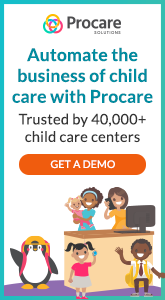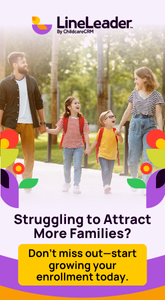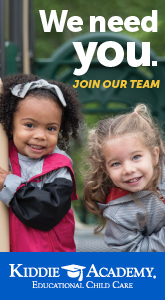July 18, 2024
Exploring the Gardener’s Role in Teaching
To plant a garden is to dream of tomorrow.
– Audrey Hepburn, 1929-1993, British actress
“What if we saw education like gardening? Imagine children as budding plants and teachers as gardeners… Without first considering the plant, you are in danger of giving the plant soil and nutrition that does not match what it needs to grow.” She argues that professional development often focuses too much on curriculum and not enough on understanding children.
Heimann advocates for a shift towards using observation as a tool for reflection and analysis, helping teachers think critically about their practices and beliefs. “A big thing I discovered this year was learning a new way to reflect. I have always reflected on myself or my lessons instead of reflecting on the students. I have reinforced that learning does not have to be extravagant but should be simpler. First graders do not need bells and whistles. They need learning in context and that is something I want to do better to create better outcomes.”
What do teachers need to create and maintain beautiful learning experiences supportive of development? According to Heimann, “they need to be seen, heard, and understood. Observations assist teachers in developing a green thumb in teaching by giving them a tool to identify and understand the needs of children. In the process, teachers see child development truths, synthesize their education, and reflect on themselves and how we are all interconnected—just as the gardener reflects on how she, the plants, and gardening are all interconnected. Nurturing a green thumb enriches the experiences and the environment children have. Observations support the early childhood education field to be one that grows thinkers. Thinkers change the world.”
Share with the hashtag #ExchangeEveryDay
Print Friendly












